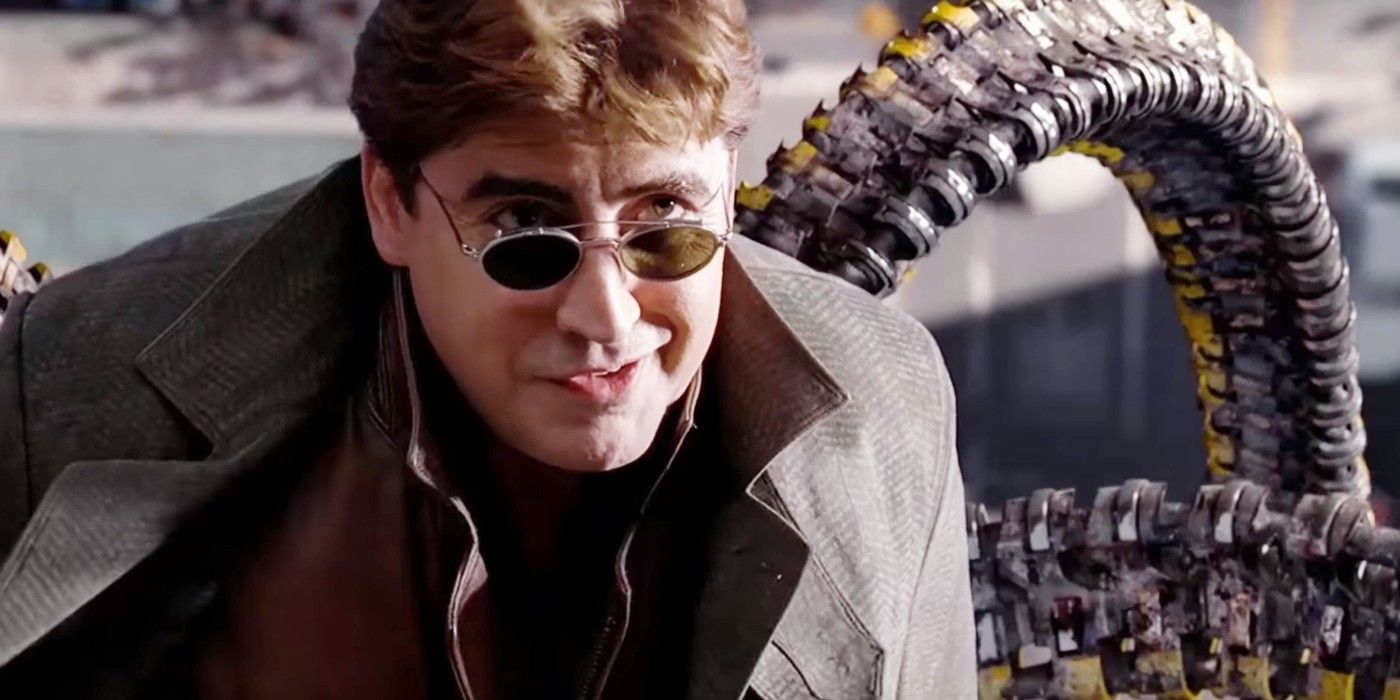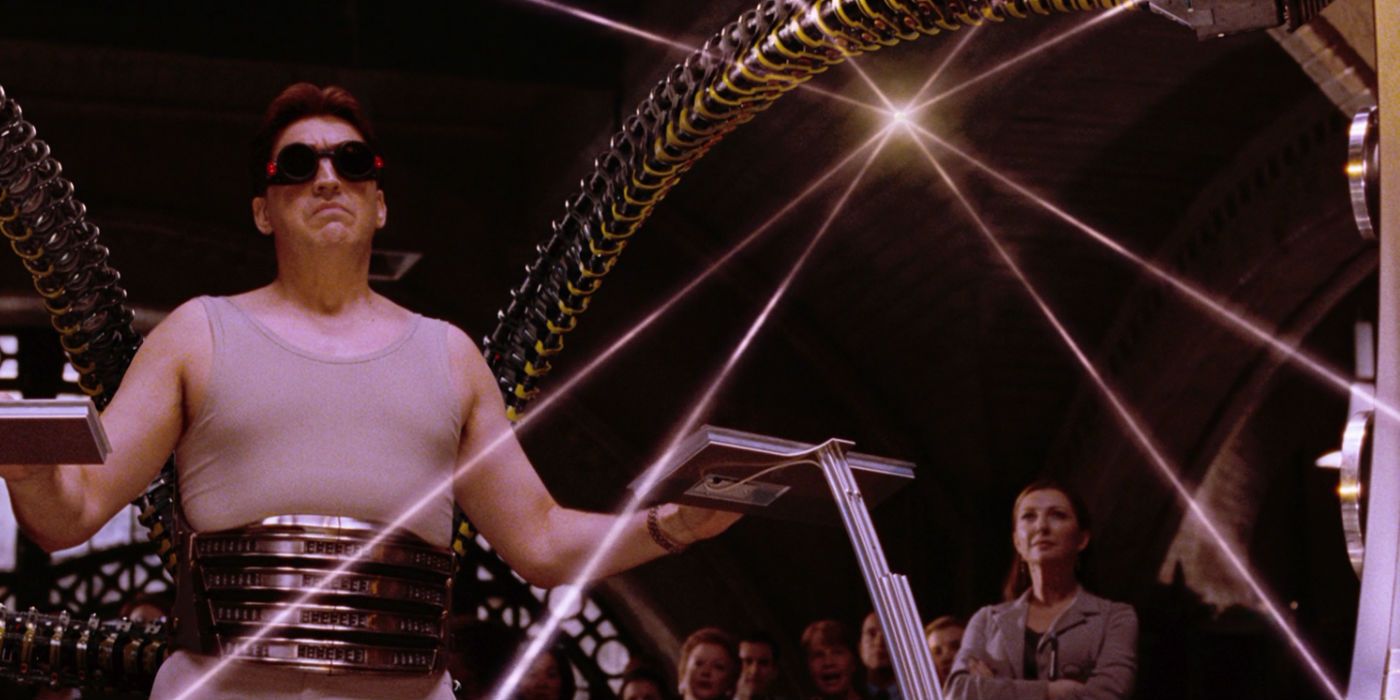From beginning to end, Spider-Man 2 represents one of the best examples of superhero storytelling in the 21st century. The way it balances themes and action while staying faithful to the source material creates a microcosm of factors that make it a surprisingly airtight production. While there will always be those that debate its place as one of the best, it's hard to argue its greatness from a technical standpoint. A great example of this is Doc Ock's tentacles, which in one line, help explain a detail that could be mistaken for an inconsistency.
Spider-Man 2 follows Peter's struggles with leading a double life as he faces down the evil genius of Doctor Otto Octavius. Initially, Octavius planned to help the world by creating sustainable fusion for the masses. But his first demonstration went horribly wrong and resulted in his lab's destruction and his wife's death. The same fate would have befallen Octavius had it not been for his tentacles, which were impervious to the effects of his miniaturized sun.
To gain power, Octavius' experiment absorbs metals and grows in size, with the potential to engulf the entire Earth. However, Ock's tentacles are also made of metal. So how could Ock's tentacles avoid the pull of his experiment in a world where adamantium and vibranium don't appear to exist? The answer, while simple, is heard early on in Spider-Man 2 when Octavius explains how he plans to contain the arcs from his perpetual sun.
The tentacles are designed to keep the energies from his experiment from breaching containment and endangering the masses. Octavius explains that the arms are impervious to heat and magnetism to compensate for the pull and heat it generates. This is why, in the first attempt, they don't get sucked in even though he's standing closest to the experiment. They also deflect the glass that kills his wife, saving him instead.
Even though his second attempt at the fusion experiment is larger, his arms can still withstand the immense pull and heat generated by the sun. As a result, they save him a second time, even though they've corrupted his mind due to the destroyed inhibitor chip. The science behind the tentacles is never explored, but the properties of its metals have shown exactly why Octavius is such a genius. While the arms look crude, his mind is far more advanced. Octavius was able to take what science had given him in 2004 to create something decades ahead of its time. As a result of his innovations, they save his life from certain doom twice.
Ultimately, Octavius chooses to save the city from his creation by sending it to the bottom of the Hudson with him in it. It's a tragic fate for a man who was more of a genius than a monster. While he died with his creation, the innovation from his arms showed that he knew exactly how the machine would operate if it went wrong. Therefore, the arms could keep him alive by negating the gravitational pull that his machine generated. While it may look like a plot hole to the passing viewer, Ock's tentacles serve as another example of how layered Spider-Man 2 is as a film.
To see Doc Ock return, Spider-Man: No Way Home releases in theaters on Dec. 17.


